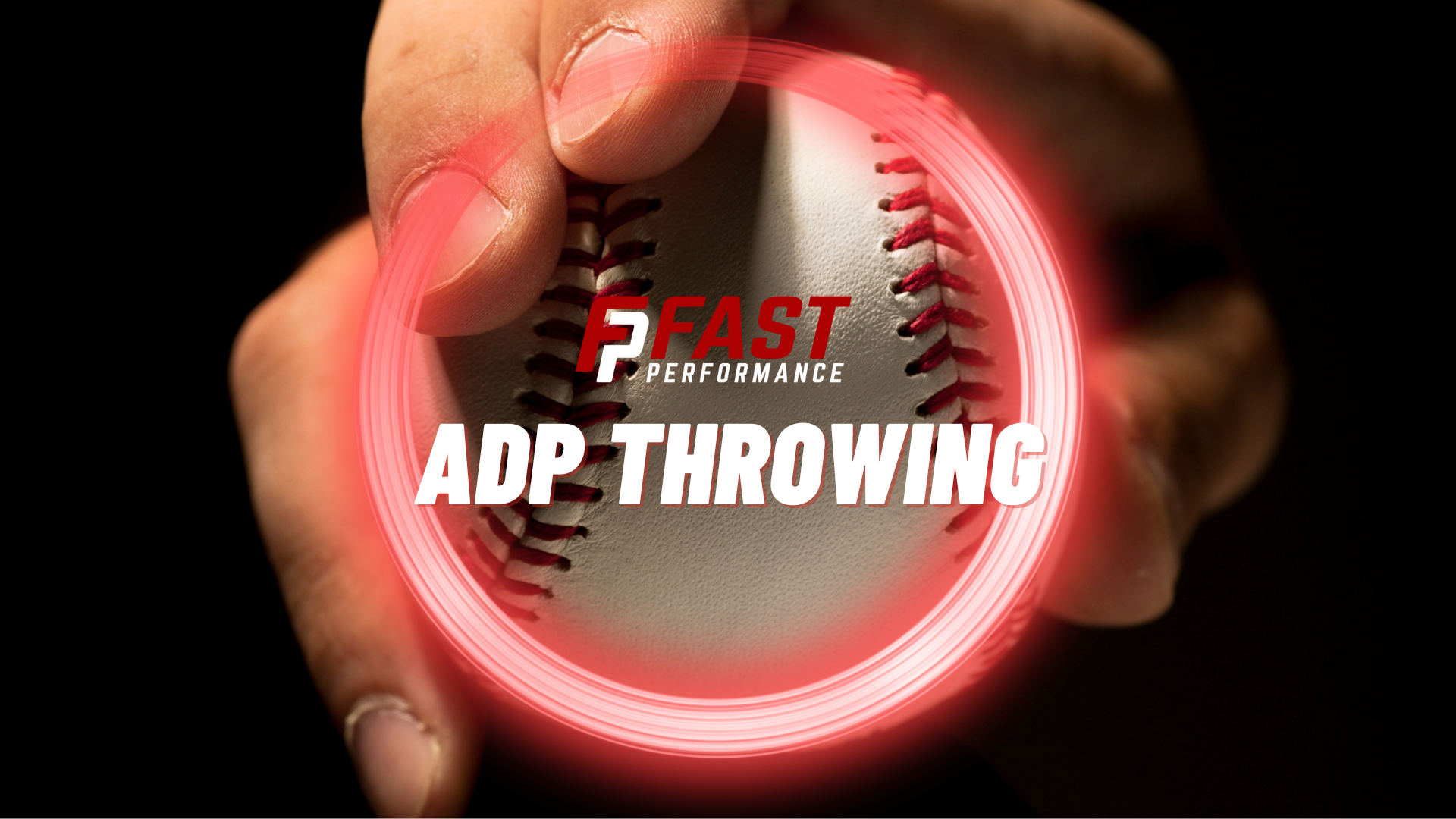All sports obviously require different skills, but regardless of the sport, every athlete has to set goals in order to improve.
Ironically, the first step in setting a short-term goal as an athlete is identifying what your long-term goal is.
For example, do you want to be the best player on your team?
Do you want to get a scholarship to play in college?
Do you want to eventually go professional?
Once you have your long-term goal in mind, you can start to set smaller, more manageable goals that will help you get there.
An athlete’s short-term goals should always support the achievement of their long-term goal.

Without a long-term goal, it can be difficult to measure success and identify what steps need to be taken in order to improve.
Examples of Simple Short-Term Goals for Athletes
- Extending your current performance training time by 15 minutes
- Doing an extra set of drills at practice each week
- Lifting weights three times per week
- Eating a healthier diet
These are just a few examples, but the important thing is that your goals are specific, measurable, achievable, relevant and time-bound (SMART).
Creating SMART goals will help you stay on track and motivated as you work to improve your skills as an athlete.

Top-performing athletes set short-term goals as part of an overall strategy for success. By taking the time to set goals and track your progress, you can improve your chances of achieving your long-term objectives.
- In baseball for example, a player might set a long-term goal of hitting .300 for the season. In order to achieve that goal, they would need to break down their progress into smaller goals, such as getting a hit in four out of every ten at-bats.
- In basketball, a player might set a goal of averaging 10 points per game. To reach that goal, they might break it down into smaller goals such as making two free throws every game or scoring on 50% of their shots.
- In hockey, a player might set a season-long goal of scoring 20 goals. To reach that goal, they might break it down into smaller, short-term goals such as scoring a goal in every other game.
No matter what sport you play, setting and achieving short-term goals can help you reach your long-term objectives.
When you have a specific goal in mind, you are more likely to put in the extra work needed to achieve it.
Achieving multiple “small” goals can give you the confidence and motivation you need to succeed at the “big” goal.

How to Choose Short-Term Athletic Performance Goals
If you’re struggling to think of short-term goals, start by brainstorming about what you need to do in order to improve.
- For example, if you’re a pitcher, a short-term goal might be to increase your velocity by 2 miles per hour.
- If you’re a hitter who wants to hit with more power, your goal might be to add 10 pounds of muscle.
- If you’re a soccer player who wants to improve your footwork, a goal might be to complete 100 dribbles in 5 minutes.
Once you have a general idea of what you need to do, you can start setting more specific goals. Remember to make your goals SMART, and don’t be afraid to adjust them as needed. Your goals should always be challenging but achievable, and they should help you move closer to your long-term objectives.

It can be a balancing act—selecting goals that are too easy will not push you to improve, while picking goals that are too difficult can be discouraging.
If you’re struggling to achieve goals, or set them in the first place, don’t be afraid to consult a certified coach or trainer. They can give you valuable feedback, and help you troubleshoot any problems you might be having.
No matter what your goals are, setting and achieving them is an important part of becoming a successful athlete. By taking the time to develop a plan and track your progress, you can improve your chances of achieving your long-term objectives.
Chasing short-term goals can be challenging, but if you keep your long-term goal in mind—you’ll eventually achieve both.










